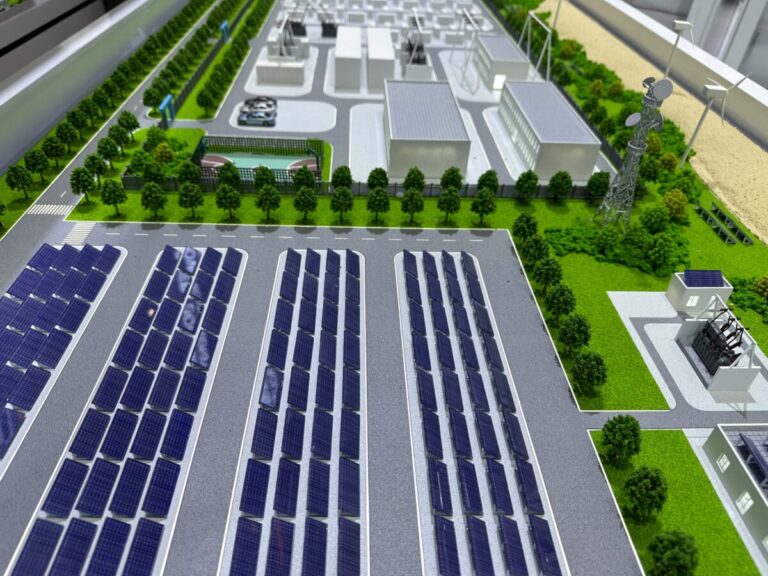New research from Italy shows the importance of considering the dispatchability of power plants when planning PV projects. The scientists argue that assessing a project’s levelized energy costs can be misleading, especially with variable and sometimes negative electricity prices.
A research group led by the Polytechnic University of Milan in Italy has developed a mathematical model to optimize the design of PV installations based on optimized dispatching strategies, taking into account real grid demand and prices.
“We started with the evolution of the electric curve, also called the duck curve, and then arrived at the extreme case of negative electricity prices,” said the study’s corresponding author Gianpaolo Manzolini. pv magazine. “The investigation started three years ago, before negative prices were reported in Europe, but they were already present in Australia, especially South Australia. The partnership with the Queensland University of Technology has helped in this regard.”
The research work aims to demonstrate that the levelized cost of energy (LCOE) is not the appropriate optimization parameter of photovoltaic and concentrated solar energy (CSP) facilities. “The proposed methodology can be applied to another source,” Manzolini explained. “Certainly, it becomes more relevant when technologies rely on variable renewable sources. The same goes for storage. In principle it is not necessary in the methodology, but it does increase the differences.”
The proposed model is based on the Aggregated Energy System Optimization (AESOPT), developed by the Polytechnic University of Milan itself. This instrument takes into account the size effects on both the costs and efficiency of energy generation technologies. Its standard objective function is the optimization of a project’s net present value (NPV), which corresponds to the value of all future cash flows over the entire life of an investment, discounted to the present.
“The AESOPT has been extended with detailed models of the CSP plants, namely the energy block, the solar field with linear collectors and the molten salt storages,” the research team specified, noting that the modeling uses mixed integer linear programming ( MILP) and takes into account the minimum and maximum size of the components, the maximum power exchanged with the electricity grid, the evolution of energy storage and energy balances. Economic parameters such as revenue, capital expenditure (capex), operating expenditure (opex) and capital recovery factor are also taken into account. “LCOE is non-linear because it is the relationship between two variables. The LCOE cannot therefore be used directly as an objective function of the AESOPT tool.”
The scientists worked on two case studies involving a PV plant and a CSP facility, believed to be installed in South Australia and Southern California. The analysis was based on 2022 actual electricity prices combined with weather conditions during the same year and time resolution. 16 different cases were investigated where PV and CSP were applied at the two locations.
“The results show that solar power plants specifically designed to optimize profits based on actual electricity market prices lead to relevant differences compared to the standard approach based on the LCOE,” the researchers explain. “The designs of PV installations optimized according to the latter do not include the installation of a storage system, while this becomes crucial to ensure the profitability of the installation when the actual grid situation is taken into account.”
They highlighted that considering network specificity can increase the NPV of a project by up to ten times, while increasing the LCOE by up to three times compared to conventional LCOE-based approaches.
The academics presented in the study “Limitations of using LCOE as an economic indicator for solar power plants”, which was recently published in Renewable and sustainable energy assessments. Scientists from the Queensland University of Technology took part in the study.
“Future work will focus on assessing the plant planning and design based on the forecast of weather conditions and electricity prices to see the impact of the uncertainties on the plant design,” they concluded. “In addition, the model will be extended to other schemes, such as the residential scheme, including energy communities.”
This content is copyrighted and may not be reused. If you would like to collaborate with us and reuse some of our content, please contact: editors@pv-magazine.com.


